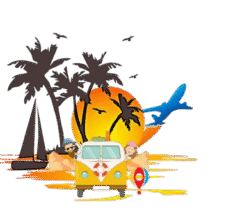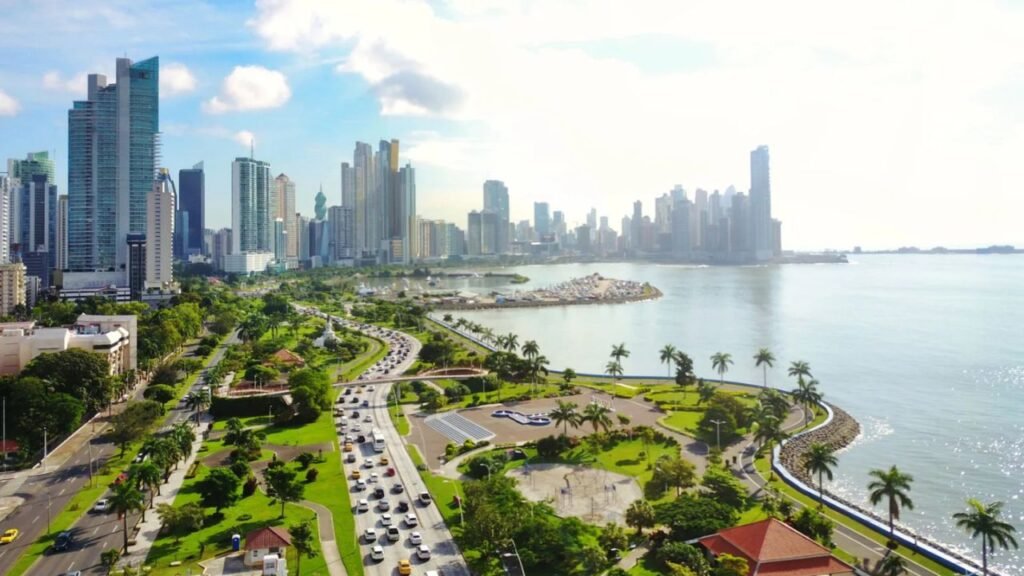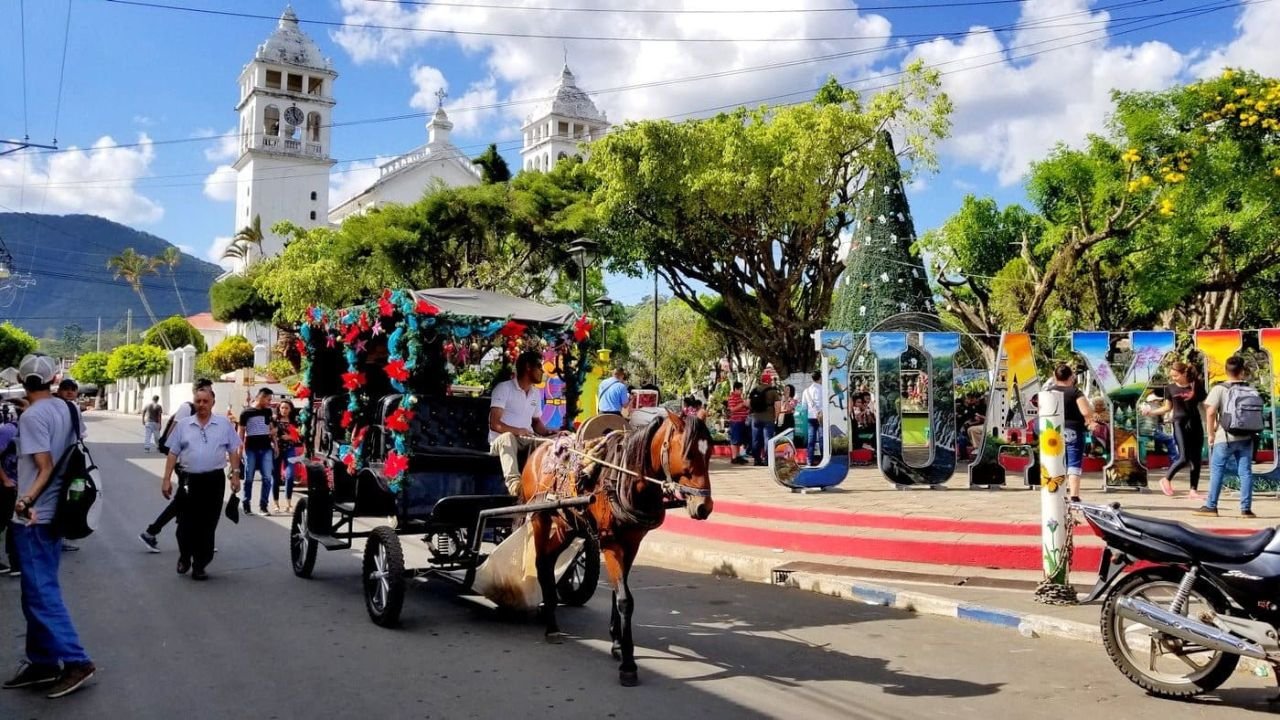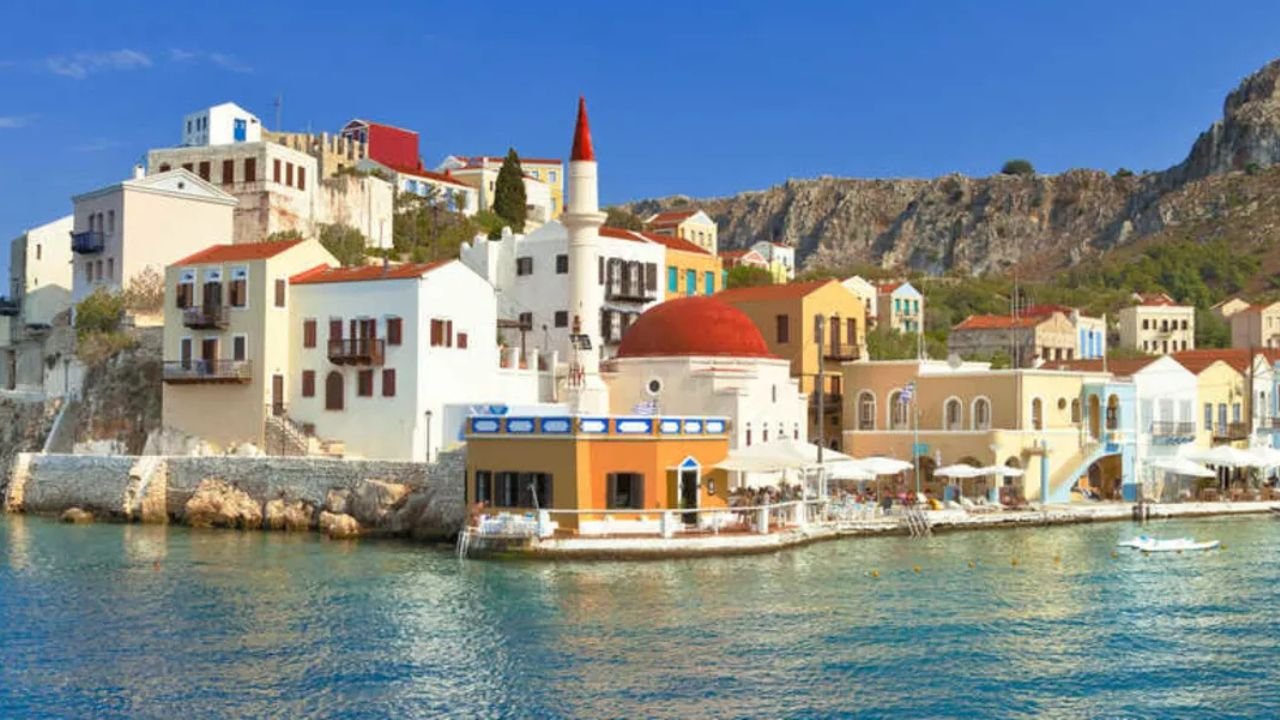Introduction
Panama City, the vibrant capital of Panama, is renowned for its stunning skyline, historic sites like Casco Viejo, lush rainforests, and the iconic Panama Canal. As one of Central America’s most dynamic urban centers, it attracts millions of tourists annually, eager to explore its rich culture, natural beauty, and economic vitality. However, like many popular travel destinations, understanding safety considerations is crucial for a smooth and enjoyable trip.
This comprehensive guide examines the safety landscape of Panama City in 2025, providing travelers with essential safety tips, insights into local risks, and practical advice to help ensure a safe journey. Whether you’re visiting for leisure, business, or adventure, being well-informed enables you to make prudent decisions and fully enjoy all that Panama City has to offer.
1. Overview of Panama City
1.1. Why Visit Panama City?
- Cultural and Historical Attractions: Explore the UNESCO World Heritage Site of Casco Viejo, with its colonial architecture, vibrant plazas, and lively nightlife.
- Modern Skyline and Business Hub: The skyline boasts impressive skyscrapers, luxury hotels, and financial centers.
- Natural Beauty and Adventure: Proximity to rainforests, beaches, and wildlife sanctuaries offers a range of outdoor activities.
- Panama Canal: Witness the engineering marvel that connects the Atlantic and Pacific Oceans.
1.2. Tourism Trends in 2025
Post-pandemic recovery has seen a surge in tourism, with travelers seeking authentic experiences and eco-tourism adventures. Panama City continues to develop its infrastructure, making it more accessible and traveler-friendly.
2. General Safety Profile of Panama City in 2025
2.1. Crime Statistics and Trends
While Panama is generally considered safe for tourists, petty crimes such as pickpocketing, bag snatching, and scams are common in crowded areas. Violent crimes are less frequent but do occur, often linked to organized crime and drug trafficking.
2.2. Government Travel Advisories
The U.S. Department of State and other national agencies typically issue travel advisories highlighting specific risks. As of 2025, advisories generally recommend vigilance but do not discourage travel to Panama City altogether.
2.3. Perception vs. Reality
Many visitors have trouble-free experiences, but being cautious and prepared is essential to avoid mishaps.
3. Key Safety Concerns in Panama City
3.1. Petty Crime
- Most common in tourist hotspots, on public transport, and in crowded markets.
- Theft of wallets, phones, and cameras.
3.2. Violent Crime
- Incidents involve assault, sometimes involving weapons.
- Typically associated with illicit activities; tourists are rarely targeted intentionally.
3.3. Scams and Fraud
- Common scams include overcharging, fake taxi drivers, and misleading tour operators.
- Phony police officers may approach tourists requesting documents or money.
3.4. Transportation Risks
- Traffic accidents, especially involving motos (motorcycles).
- Unregulated taxis and ride-sharing apps may sometimes pose safety concerns.
3.5. Natural Hazards
- Heavy rains and flooding during rainy season (May to November).
- Occasional earthquakes and tropical storms.
4. Essential Travel Safety Tips for Panama City in 2025
4.1. Staying Vigilant in Public Spaces
- Keep personal belongings secure; use anti-theft bags.
- Avoid displaying valuables openly.
- Be cautious in crowded places like markets, buses, and tourist sites.
4.2. Choosing Safe Transportation
- Use reputable taxi services or ride-sharing apps like Uber.
- Confirm the driver’s identity and vehicle details.
- Avoid unlicensed taxis and unmarked vehicles.
4.3. Accommodation Safety
- Book accommodations in reputable hotels or well-reviewed hostels.
- Ensure the property has good security measures such as CCTV, secure entry, and safes.
4.4. Health Precautions
- Drink bottled or filtered water.
- Use insect repellent to prevent mosquito-borne diseases.
- Carry necessary medications and health supplies.
4.5. Emergency Contacts
- Local police (Policía Nacional): 104
- Ambulance/medical emergencies: 911
- U.S. Embassy in Panama: contact info and services
- Keep a list of local hospitals and clinics.
4.6. Cultural and Local Customs
- Respect local customs and dress modestly, especially when visiting religious sites.
- Learn basic Spanish phrases to facilitate communication.
5. Specific Tips for Different Areas in Panama City
5.1. Casco Viejo (Old Town)
- A historic area with narrow streets and lively nightlife.
- Exercise caution late at night; stick to well-lit, populated streets.
- Be wary of overly friendly strangers offering unsolicited assistance.
5.2. Downtown and Financial District
- Generally safer during the day.
- Avoid displaying expensive jewelry or electronics.
- Be aware of pickpockets in busy streets and shopping centers.
5.3. Beaches and Outdoor Areas
- Use authorized tour operators for excursions.
- Avoid swimming alone in remote beaches.
- Be cautious of strong currents and marine hazards.
6. Staying Informed and Prepared
6.1. Monitor Local News and Advisories
- Keep updated on weather alerts, protests, or security issues.
- Follow social media channels and official government notices.
6.2. Register with Your Embassy
- Register your travel plans with your embassy or consulate.
- Know the location of nearby consular services.
6.3. Travel Insurance
- Obtain comprehensive travel insurance covering medical emergencies, theft, and cancellations.
6.4. Digital Security
- Protect personal data and avoid public Wi-Fi for sensitive transactions.
- Use VPN services for secure internet access.
7. Responsible Tourism and Cultural Sensitivity
- Respect local traditions, laws, and customs.
- Support local businesses and artisans.
- Avoid risky behaviors that could endanger yourself or others.
8. Special Considerations for 2025
8.1. Health Protocols
- COVID-19 measures may still influence travel; adhere to health guidelines.
- Vaccination requirements or testing protocols could be in place.
8.2. Technological Advancements
- Use mobile apps for navigation, translation, and safety alerts.
- Digital payment methods are widely accepted; carry some cash as backup.
8.3. Environmental Concerns
- Be mindful of eco-friendly practices.
- Avoid littering and respect protected areas.
9. Conclusion
Panama City offers an exciting blend of history, modernity, and natural beauty. While it boasts many attractions and is generally safe for visitors, maintaining vigilance and following practical safety tips significantly enhances your travel experience. By staying informed, being cautious in public spaces, choosing reputable services, and respecting local customs, travelers can navigate Panama City confidently and enjoy all its richness.
Travel safety in 2025 hinges on preparation, awareness, and responsible behavior. With these principles in mind, your journey to Panama City can be memorable, enriching, and safe.
Appendix: Quick Safety Checklist for Panama City 2025
- Keep copies of your passport and important documents.
- Use secure bags and avoid flashing valuables.
- Always travel with a companion when possible.
- Use official transportation services.
- Stay in well-reviewed accommodations.
- Keep emergency numbers handy.
- Be cautious at night; prefer well-lit, populated areas.
- Stay updated on local news and advisories.
- Respect local customs and environment.
References
(In an actual publication, this section would include links to government travel advisories, embassy resources, travel safety organizations, and recent travel reports.)




